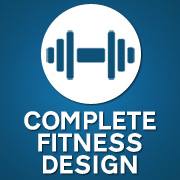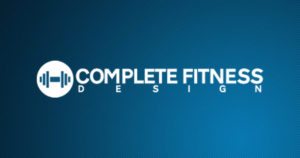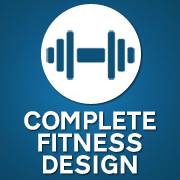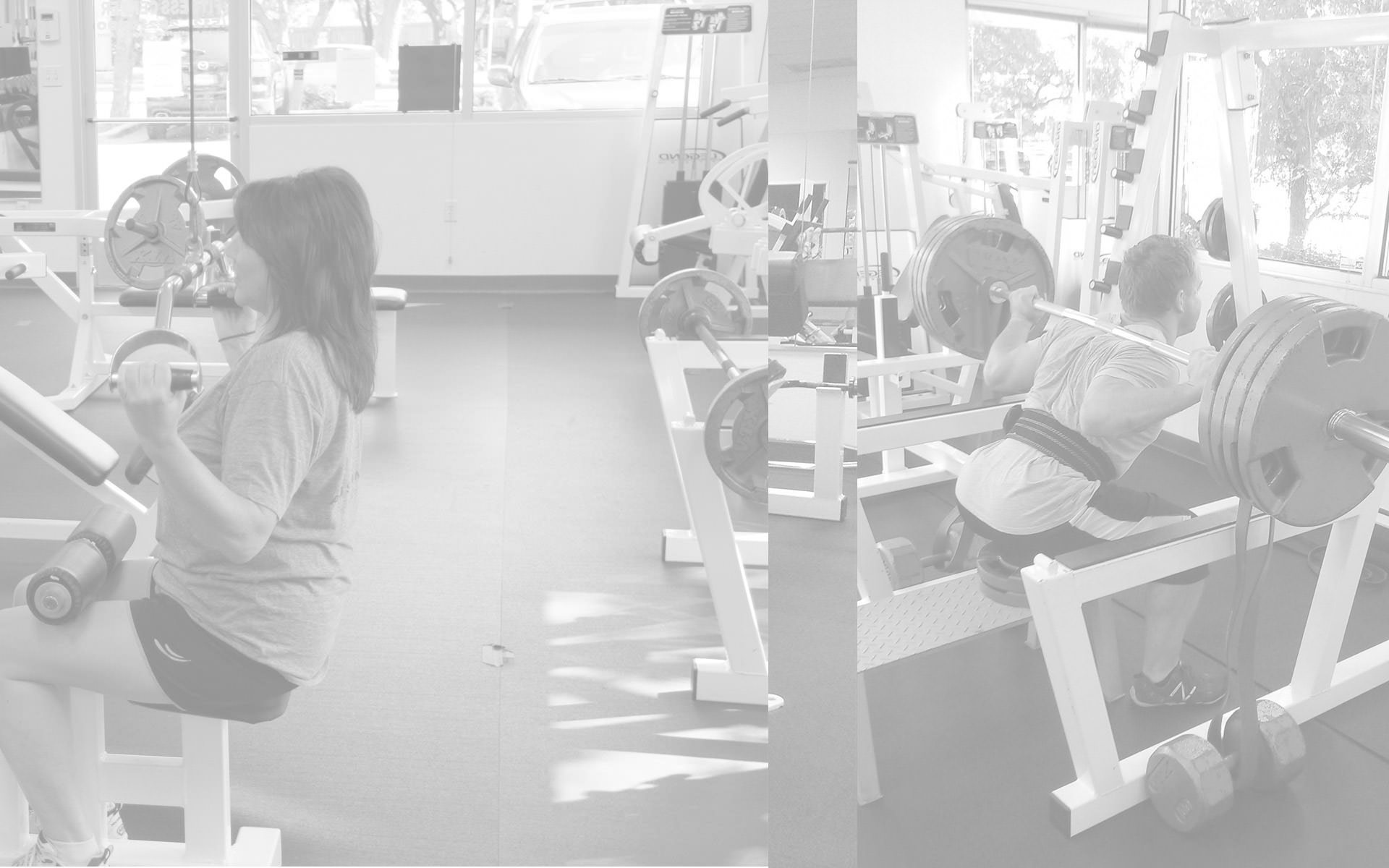Feel Your Way To Fitness Results
When young men, discover weight training, it almost seems a rite of passage to see if they can keep up with the big boys, so to speak. I can bench this amount of weight for this amount of repetitions. I can squat 3 plates per side 8 times, etc. This is all fine and good for getting the fire stoked and the groove going to make fitness a long lasting pursuit, but it isn’t sustainable, practical, or safe.
In 20 years as an Austin personal trainer, and a gym owner for 8, I’ve seen a lot of heaving, grunting, chest pounding, and showboating. The one thing I have seen little of in people’s regimens, however, is feel. It doesn’t matter at all if you get 9 or 10 reps. What does matter, however, is that you get maximum contractions from the muscles that you’re working. That’s not something that can be achieved efficiently by satisfying a self imposed, or otherwise dictated numerical quota.
If you want to build the most amount of muscle as efficiently and as safely as possible, it’s imperative to have an awareness of your body’s movements, and scrutinize how everything feels as you contract and release the muscles throughout the entire range of motion. Does anything hurt? Does anything feel overly tight? Am I getting a good contraction of the muscle, or have I shortened the range of motion because a stabilizing muscle has fatigued prematurely from an imbalance or weakness?
Another thing to consider, is when you plan to do an exercise, such as bench press, for example. Why do you have to do 3 sets of 10 repetitions? What if you did 3 sets of 9 or 11 repetitions? Furthermore, what if you performed 4 sets of 13 repetitions? What’s missing from the stereotypical and cliche ridden approach, is feeling the weight, the set and the repetitions. You can start out saying I will try to bench press 225 pounds 10 times. That’s fine, but what if you have reached your limit by the 7th repetition? Do you disregard all good techniques that you have used to build up to this point thus far in order to satisfy that quota of 10? Is it a failure on your part if you did 7 quality reps and achieved full contraction throughout the pectorals, or should you have shrugged, heaved, and bounced the bar up 3 more times in order to say that you lifted the weight 10 times just as you set out to do?
Conversely, what if you set out to bench press 225 pounds 10 times, and by now with all of your consistent training and good techniques employed, you realize that you can get a few more quality repetitions in, thus bringing the pectorals to full exhaustion and utilizing more of the muscle fibers which will promote greater hypertrophy and strength gains? Not paying attention to how your body feels and what it is doing, can also, as we have seen from this aforementioned example, shortchange you from maximizing your gains.
I’ve heard the term “mind muscle connection” tossed around by the same people that are seemingly flailing and heaving away under a loaded bar. Merely be conscious of the muscle group being targeted is insufficient. You need to monitor that particular muscle as you would any working machine to ensure maximum efficiency.
Another area will feel is long forgotten, is the construction of a workout plan. I’ve been asked countess times to write down a workout routine for people, and have always refused. That’s impersonal training. Real personal training is done off the cuff, and based upon whatever imbalances I see within the client as they walk through the door for their session. I may know that we’ll be working legs that day, for example, but what muscles I’ll target, what techniques I will have the client use, as well as the order of the exercises, number of sets, repetitions, and poundages, are all dependent upon what I see.
The concept of mindfully employing feel into one’s workouts isn’t solely limited to those who simply lift weights. Yoga for example, isn’t done by simply falling into poses, nor is it done by muscling your way into poses, like the pigeon pose, for example. That kind of a reckless, quota driven approach of having to do this, then this, and then this, for 45 seconds each, leads to injuries, poor results, and ultimately frustration.
With yoga, or with simple stretching, you must be acutely aware of what your body is doing. For example, if you are stretching out your hamstrings, are you bending forward at the waist with your ribs up, thus keeping your back flat, or are you flopping forward with a rounded back and bobbing up and down? The difference between doing it properly and allowing yourself to feel the stretch, is the difference between running the risk of tearing your hamstrings, in this case, and actually stretching all three of your hamstring muscles properly.
Whether you are lifting alone, with a partner, or with a personal trainer, it will always behoove you to pay attention to all of the little details and minute intricacies of your lifts. Consistent mindfulness not only increases the likelihood of avoiding injuries, but also of reaching your goals.
Ready to Get Started?

Andy

Latest posts by Andy (see all)
- Workout Motivation: How To Get Motivated To Work Out - March 9, 2022
- Body Fat Types: Subcutaneous and Visceral Fats - June 1, 2019
- Why Diets Work If You Stick With Them - April 1, 2019






